Nestled in the Andes of Peru, Vinicunca, more commonly known as Rainbow Mountain, has emerged as one of the most breathtaking natural wonders in South America. Rising to an elevation of 5,036 meters (16,522 feet) above sea level, this geological marvel attracts thousands of adventurers each year, eager to witness its surreal, multicolored stripes. The journey to Rainbow Mountain is as challenging as it is rewarding, offering trekkers not only a visual spectacle but also a profound connection with the rugged beauty of the Peruvian highlands.
The vibrant hues of Rainbow Mountain are the result of millions of years of geological activity. The distinct bands of red, yellow, green, turquoise, and purple are formed by sedimentary mineral layers exposed through erosion. Iron oxide creates the rich reds and pinks, while sulfur contributes to the yellows. The greens come from chlorite, and the turquoise shades are a product of copper sulfate. Over time, tectonic shifts and weathering peeled back the earth’s surface, revealing this extraordinary palette—a natural canvas painted by the elements.
Reaching Rainbow Mountain is no small feat. The trek typically begins in the early hours from Cusco, the ancient capital of the Inca Empire. After a drive through the South Valley, hikers start their ascent from the trailhead near the community of Quesiuno. The path winds through rolling hills, past grazing alpacas and traditional Quechua villages, where locals still maintain centuries-old customs. The altitude, however, is relentless. At over 5,000 meters, the thin air makes every step a test of endurance, and acclimatization in Cusco beforehand is strongly recommended.
Despite the physical demands, the reward at the summit is unparalleled. On a clear day, the mountain’s colors blaze under the Andean sun, contrasting sharply with the surrounding snow-capped peaks and deep valleys. The view is a reminder of Earth’s raw, untamed beauty—a masterpiece shaped by time and natural forces. For many, the experience is spiritual, a moment of awe that transcends the physical exertion required to get there.
The popularity of Rainbow Mountain has not come without challenges. The sudden influx of tourists has raised concerns about environmental degradation and the impact on local communities. Efforts are being made to promote sustainable tourism, including regulated trail access and initiatives to support the Quechua people, who have long been the stewards of this land. Visitors are encouraged to respect the fragile ecosystem and contribute to the local economy by hiring guides and purchasing handmade crafts.
Beyond its geological splendor, Rainbow Mountain holds cultural significance for the indigenous people of the Andes. In Quechua cosmology, mountains (or apus) are sacred beings, protectors of the land and its inhabitants. Vinicunca is no exception—its colors are believed to carry spiritual energy, and offerings are sometimes made to honor the mountain’s presence. For trekkers, understanding this cultural context adds depth to the journey, transforming it from a mere hike into a pilgrimage of sorts.
As the sun sets over the Andes, casting long shadows across the valley, Rainbow Mountain seems to glow from within. The colors shift with the fading light, a final reminder of nature’s artistry. For those who make the journey, the memory of standing atop this otherworldly landscape lingers long after the descent. It’s a testament to the planet’s endless capacity to surprise and inspire—a hidden gem waiting at the edge of the sky.
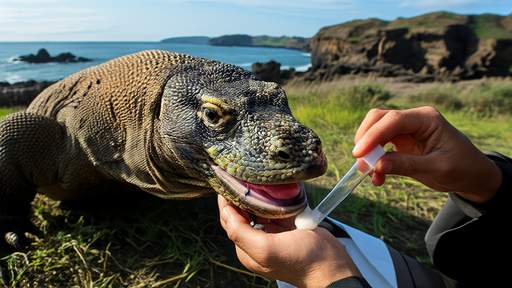
By /Jun 5, 2025
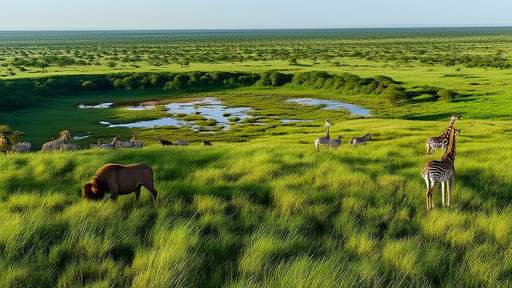
By /Jun 5, 2025
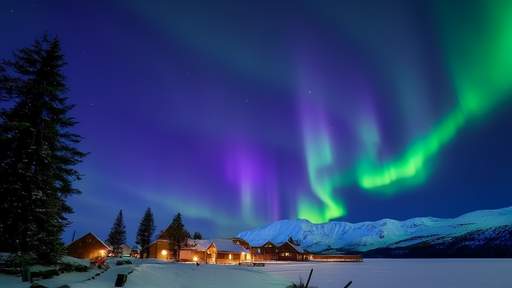
By /Jun 5, 2025
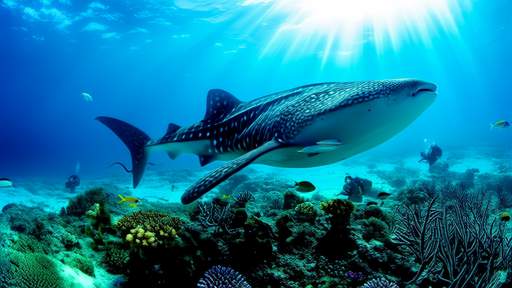
By /Jun 5, 2025
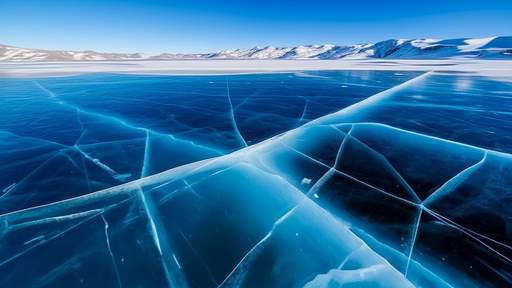
By /Jun 5, 2025
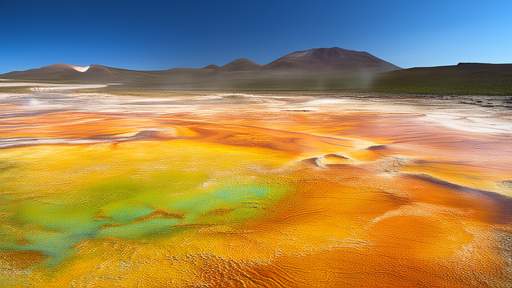
By /Jun 5, 2025
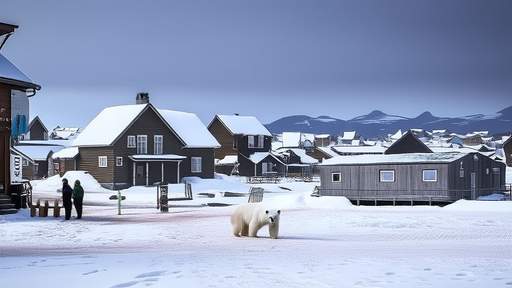
By /Jun 5, 2025
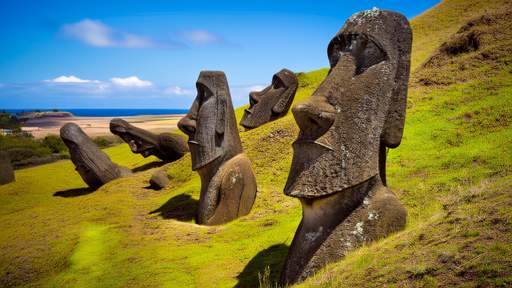
By /Jun 5, 2025
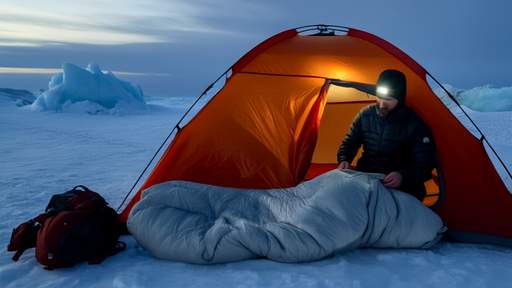
By /Jun 5, 2025

By /Jun 5, 2025
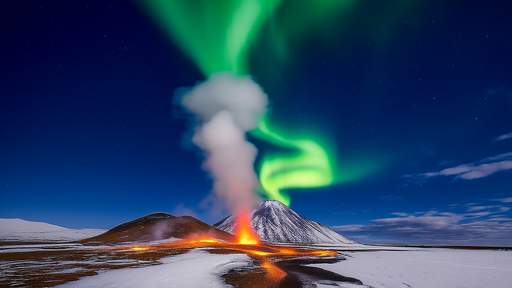
By /Jun 5, 2025
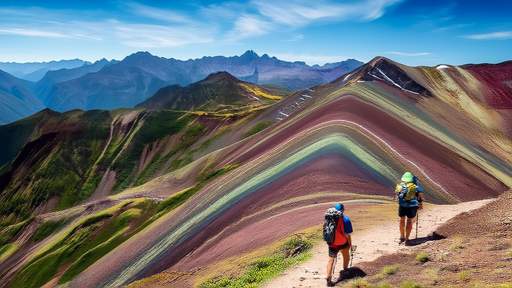
By /Jun 5, 2025
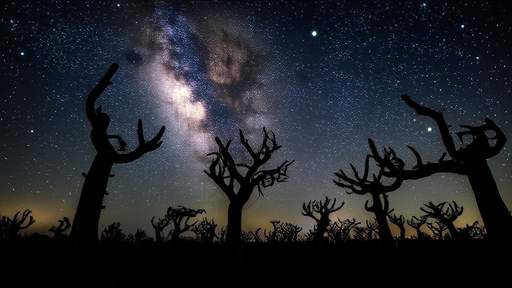
By /Jun 5, 2025
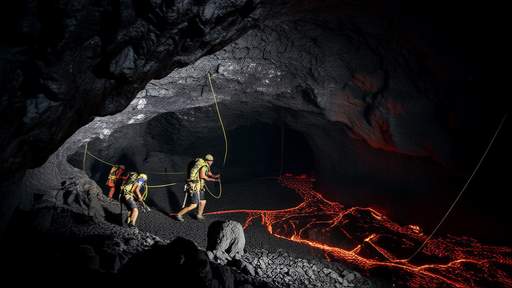
By /Jun 5, 2025
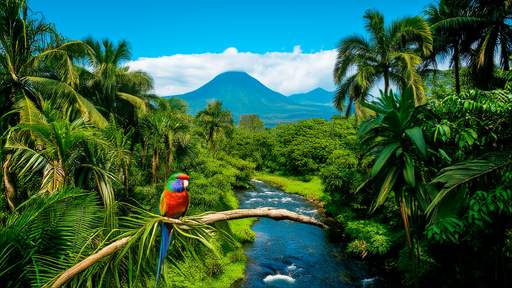
By Victoria Gonzalez/Jun 4, 2025

By Grace Cox/Jun 4, 2025
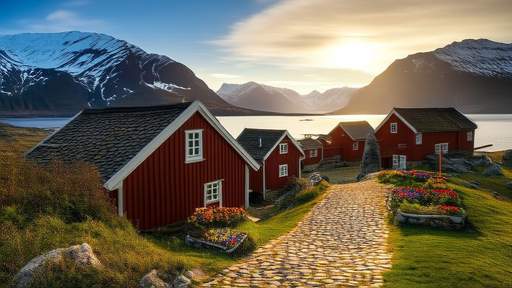
By Sophia Lewis/Jun 4, 2025
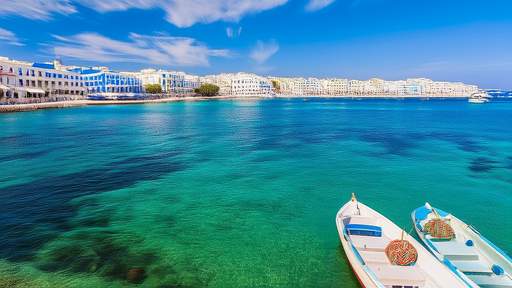
By Elizabeth Taylor/Jun 4, 2025
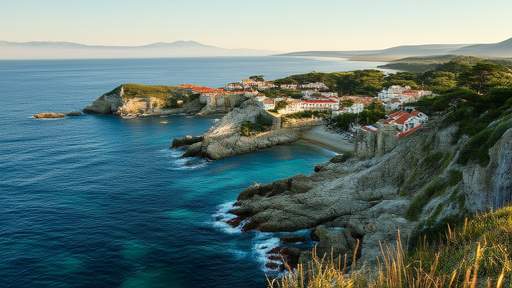
By Megan Clark/Jun 4, 2025
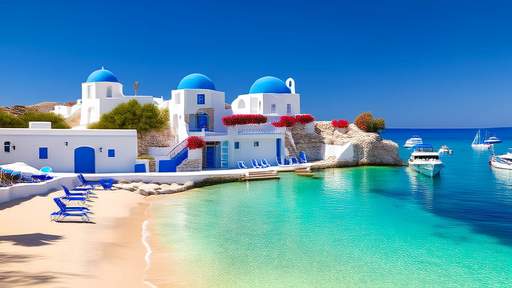
By Megan Clark/Jun 4, 2025